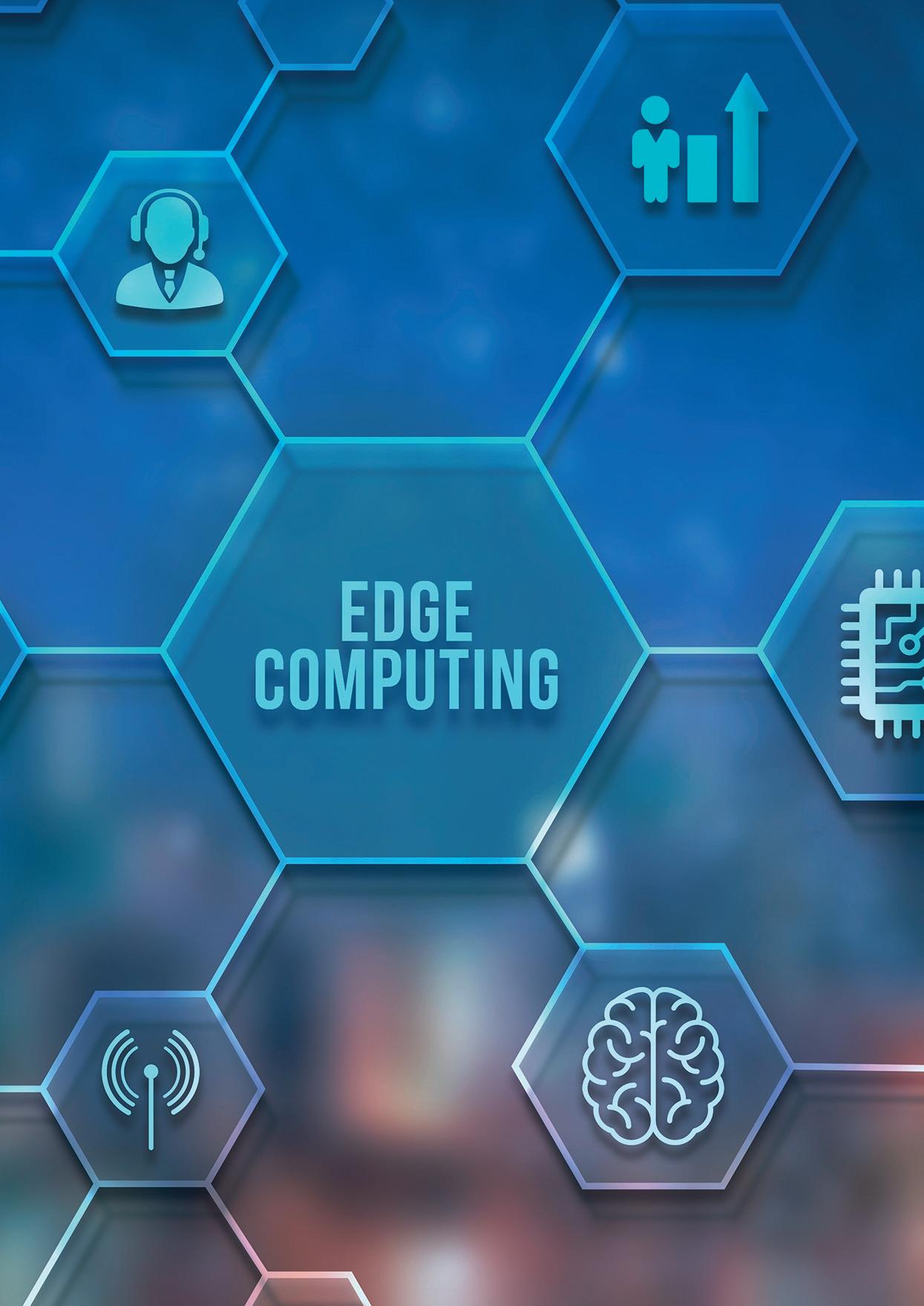
3 minute read
How AI is impac ng remote produc on in the broadcast industry
Ar cle by: Saket Dando a- COO & Co-founder, Magnifi
The OTT/streaming and broadcast marketplace is currently experiencing a significant transformation due to the integration of AI. This technology is changing the dynamics of the industry in unimagined ways, creating new opportunities for both creators and consumers. In fact, according to Gartner, AI is predicted to generate 75% of all consumer-facing content, including articles, videos, and images, by 2024.
One of the most significant ways in which AI is transforming the industry is by enabling remote production through the automation of various processes across the entire production chain. These are some of the trends in this area:
Remote monitoring and quality control
AI-powered remote monitoring systems can monitor broadcast quality and performance, enabling broadcasters to address issues in real-time. These systems can detect issues such as low audio levels, video dropouts, and incorrect aspect ratios, but also harmful or inadequate content.
In the past live streaming leaned on manual audits of content moderation, however by the time a stream was flagged, community-disputed content was already shared on multiple social media platforms jeopardising the brand image.
AI tools can also improve security and content moderation, by automatically analysing and debarring harmful content, expediting the speed of the content moderation process.
YouTube is an example of this as it uses a combination of AI and human moderators to remove content that violates its policies, such as hate speech, violent content, and misinformation. It also provides tools for users to report inappropriate content and flag it for review.
AI can also contribute to improve customer experience by offering viewers relatable content.
In the first half of last year, Netflix lost nearly one million subscribers for multiple reasons, and lack of relatable content was one of them. However, in the second half of 2022, Netflix garnered about 223 million paid subscribers by incorporating data analytics, crafting personalised content to suit their palette of users across the globe.
Automated Editing
AI-powered video editing software can automatically edit raw footage, reducing the need for manual editing. These systems can analyse the footage and select the best shots, add transitions, and even generate captions, using different video-enhancing features and tools to create a mind-blowing final product.
Auto Transcription
AI-powered speech-to-text technology automatically transcribes live broadcasts in real-time. It is now a set industry standard to offer closed CC in different languages and formats.
The AI tools are adept in speech recognition, and high-quality transcription hastens the captioning process which was previously dependent on human intervention.
Amazon Prime Video uses auto transcription to provide subtitles and closed captions for its content. The platform also allows users to customise the appearance of the captions, such as the font size and colour.

Automated live streaming
Automated live streams have been a success lately because they don’t need human intervention. They save costs and they allow multi-streams across different social media platforms in real time.
It is becoming a quick favourite amongst startups and also large businesses. Brands like ESPN use automated live streaming to broadcast their sports events, such as the X Games and college football games.
Virtual Sets
AI-powered virtual sets can enable broadcasters to create realistic backgrounds and scenes without the need for physical sets. These virtual sets can be created remotely and can be integrated into live broadcasts.

Every new technology brings with it both opportunities and challenges that can impact the current market. Throughout history, we have seen that the workforce must constantly adapt and upskill to keep pace with technological advancements. However, workers in the broadcast and production industries need not fear the emergence of AI, as it can actually enhance their productivity and creativity.
By automating routine tasks, AI can help broadcast professionals to focus on more complex and creative aspects of their jobs, such as research and interviews. While it’s true that AI may replace some functions, it also creates new opportunities for workers to upskill and re-employ their talents in different ways.
AI is transforming the broadcast industry by enabling remote production, enhancing viewer experience, and improving production efficiency. It is a valuable tool that enables broadcasters to deliver high-quality content in a cost-effective and timely manner. By embracing AI, the broadcast industry can continue to innovate and provide viewers with engaging and personalised content.








